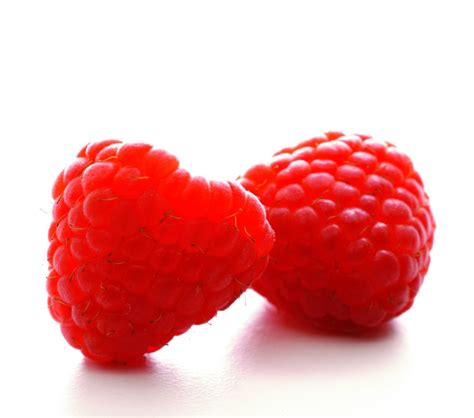Introduction

Raspberry pink, a captivating hue that evokes both sweetness and sophistication, has long captivated the hearts and minds of designers, artists, and consumers alike. Its unique blend of red and purple undertones creates a versatile color that can be both vibrant and delicate, making it a perfect choice for a wide range of applications.
Historical Perspectives
The use of raspberry pink can be traced back to ancient times, where it was often associated with femininity, love, and prosperity. In Victorian England, the color became popular for clothing and home décor, and its popularity has continued to grow in recent decades thanks to its versatility and appeal.
Psychological Effects
Raspberry pink has been shown to have a number of positive psychological effects. Studies have found that it can:
- Promote happiness and optimism
- Reduce stress and anxiety
- Enhance creativity and imagination
- Increase feelings of warmth and safety
Color Theory
In color theory, raspberry pink is considered a warm color. It is often paired with other warm colors, such as yellow, orange, and red, to create vibrant and energetic schemes. It can also be used as a complementary color to cool colors, such as blue and green, to add contrast and interest.
Applications in Various Industries
Raspberry pink is a versatile color that has found applications in a wide range of industries, including:
- Fashion and Beauty: Raspberry pink is a popular color for clothing, accessories, and cosmetics. It can be used to create both feminine and edgy looks.
- Home Décor: Raspberry pink can add a touch of warmth and sophistication to any room. It is often used for walls, furniture, and accessories.
- Food and Beverage: Raspberry pink is a natural color that is often found in fruits and vegetables. It is also used as a food coloring in a variety of products, such as candy, ice cream, and soft drinks.
- Marketing and Advertising: Raspberry pink is a eye-catching color that can be used to grab attention and create a positive impression. It is often used in logos, packaging, and advertising campaigns.
Benefits of Using Raspberry Pink
There are a number of benefits to using raspberry pink in various applications:
- Versatility: Raspberry pink can be used in a wide range of applications, from fashion to home décor to food and beverage.
- Appeal: Raspberry pink is a universally appealing color that is loved by people of all ages and genders.
- Psychological Effects: Raspberry pink has a number of positive psychological effects, such as promoting happiness and optimism.
- Marketing Power: Raspberry pink is a eye-catching color that can be used to grab attention and create a positive impression.
Innovative Applications
In recent years, new and innovative applications for raspberry pink have emerged:
- Smart Textiles: Raspberry pink textiles have been developed that can change color in response to light, heat, or other stimuli.
- Biodegradable Packaging: Raspberry pink biodegradable packaging is being used to reduce the environmental impact of plastic packaging.
- Health and Wellness Products: Raspberry pink is being used in health and wellness products, such as yoga mats and meditation cushions, to promote relaxation and well-being.
Market Trends and Forecasts
The market for raspberry pink is growing rapidly. According to a report by Mordor Intelligence, the global market for raspberry pink products is expected to reach $10 billion by 2025. This growth is being driven by the increasing popularity of the color in various industries, as well as the development of new and innovative applications.
Conclusion
Raspberry pink, an enchanting shade that evokes both sweetness and sophistication, has a wide range of applications in various industries. Its versatility, appeal, and positive psychological effects make it a perfect choice for creating memorable and impactful designs. As the market for raspberry pink continues to grow, we can expect to see even more innovative and exciting applications for this captivating color.
